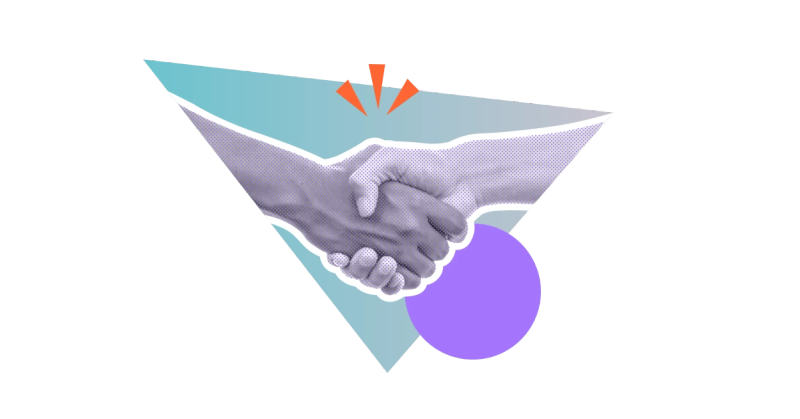Why you need a customer onboarding strategy
If you’re still unconvinced, here are a few reasons you need a solid onboarding strategy.
Customer onboarding helps differentiate your business
If you've won a customer, you must get them to use the system or service fast. At the same time, your customer is likely excited about working with you and wants to see a return on investment. It’s a golden time to dazzle them! With a stand-out customer onboarding experience, you can set yourself apart as a transparent, helpful business and help to prevent any buyer’s remorse.
Customer onboarding helps demonstrate trust
A customer onboarding journey plays an essential role in building trust early on. Instead of stumbling around your platform, wondering when you'll be in touch, or, even worse, having to chase for documents or support, they have the right resources at the right time.
When you have a great process, you start to serve the documents that are right for their stage in the onboarding process. As the customer sees you anticipating their needs, it inspires confidence and trust in your business.
Great onboarding helps to empower your customers
Support time is expensive, and managing a relationship with a client takes a lot of time, too. But empowered clients who can use your product or service confidently can self-serve throughout their time with you, once they’re used to it. But how do you take a customer from a user to an expert? It starts with onboarding and setting the expectations of how learning is achieved.
A process for customer onboarding can lead to improved team morale
An inconsistent onboarding process, where customers must ask for what they need at any stage, can result in clients draining time and resources, which demoralises teams. In contrast, proper customer onboarding can improve life for your internal teams. With a standardised onboarding process and a repeatable task schedule, they can predict resourcing requirements and estimate task timings.
Great onboarding provides a natural way to upsell
Customers using a product or service (and getting value from it) are less likely to cancel. The hardest part is often getting going, but when you improve usage early on through a slick onboarding process, you hold the keys to customer satisfaction and more engagement. This opens the doors for upselling opportunities or puts you in an excellent position to ask for testimonials and case studies.


